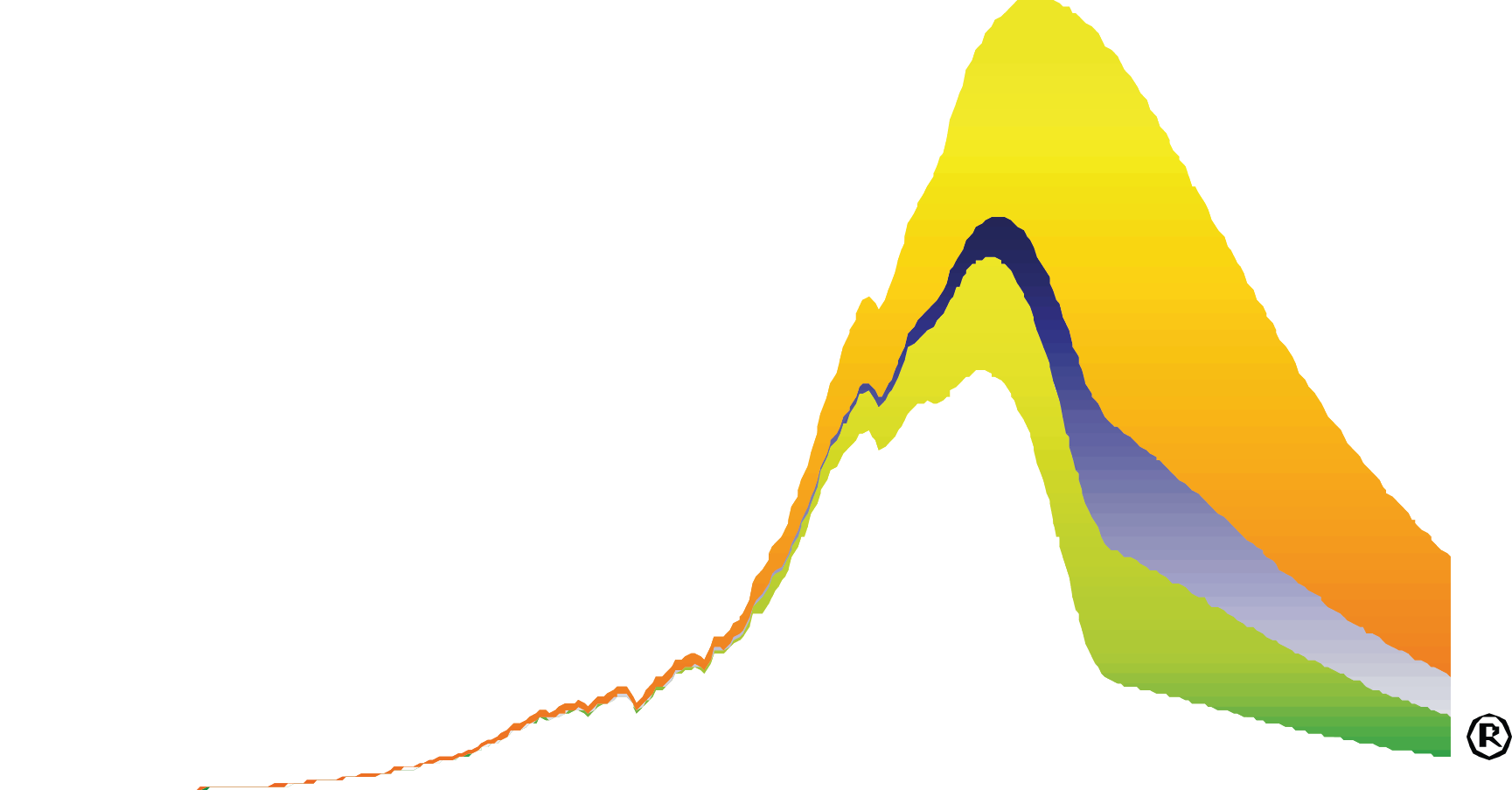a) budget boxes; global totals & country shares
b) per capita country emissions over time
c) gross country emissions over time
d) share calculation methodology
e) easy visualization of CREDIT:DEBIT
The Well Tempered approach to historic emissions & division of the carbon budget
The Blueprint makes transparent the different pathways to the temperature goal, providing a framework within which country emissions may be understood as shares of the global carbon budget, and therefore as contributions towards the common goal set out in Article 2 of the UNFCCC and of the Paris Agreement.
It does so on the basis of internationally accepted data, in particular the IPCC assessments of cumulative emissions of carbon dioxide (or ‘carbon budgets’) consistent with:
GREEN - LOW RISK OF NON-COMPLIANCE 50% likelihood of limiting warming to < 1.5˚C (Budget 1)
AMBER - MEDIUM RISK OF NON-COMPLIANCE 33% likelihood of limiting warming to < 1.5˚C (Budget 2)
RED - HIGH RISK OF NON-COMPLIANCE 66% likelihood of limiting warming to < 2˚C (Budget 3)
More specifically the Blueprint reveals (measured in metric tonnes of carbon):
- The pathway of global historic carbon emissions (‘emissions’) over time, setting the future challenge of rapid decarbonisation within the context of the upward global trend of historic emissions.
- Individual countries’ historic per capita and gross emissions (from 1750-2013), contrasted with country ‘shares’ calculated with reference to equal per capita emissions.
- The variance between individual Parties’ gross emissions over time and their shares, expressed as a ‘credit’ or ‘debit’ and measured in tonnes of carbon.
- Party shares of the remaining budget based on equal per capita emissions (with historically accrued credits and debits reflecting obligations and entitlements relating to financial support for sustainable development in ‘creditor’ countries).
- An approximation of the relationship between a country’s (Intended) Nationally Determined Contribution (INDC or NDC), and its share of the remaining budgets.
The purposes of the framework are to provide: -
- transparency on what is required both globally and nationally, if climate disaster is to be avoided.
- transparency on historic responsibility for carbon emissions.
- a frame of reference for determining rights and obligations to financial resources in support of mitigation measures and sustainable development (where debits and credits, measured in tonnes of carbon, represents key considerations).
- frames of reference, derived from authoritative sources of data, for the formulation of NDCs, based in equity, which are consistent with the temperature goal.
- all parties (including UNFCCC Parties, the UNFCCC Secretariat and civil society) with a clear and objective basis for interrogating the adequacy and equity of NDCs.
- a frame of reference for apportioning responsibility for climate change loss and damage (including the costs of adaptation).
- a reference for assessing whether Parties are exercising due diligence in meeting the temperature goal.
The methodology underpinning the Blueprint is intended to be transparent, objective and easily explicable, making it appropriate for use in policy-making and judicial proceedings. It draws the line between past and future at 2014, reflecting the fact that 2013 is the last year of authenticated CDIAC data for country emissions. The Blueprint will be updated as new data become available.
